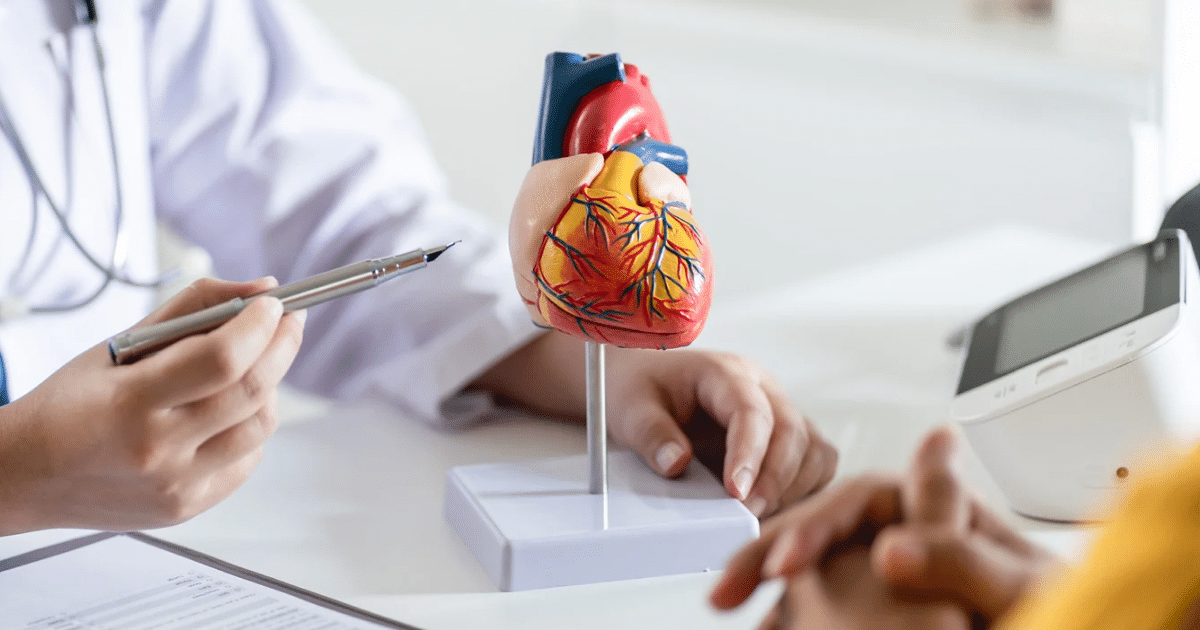Complications of T1D: Heart and blood vessels

These important parts of your body are like loyal friends: they’re always there for you, pumping away. But just like any friendship, they need some care and attention, especially when they’re helping you deal with T1D.
Over time, high blood glucose levels can cause some issues with your heart and lungs, which could lead to heart attacks, strokes, or circulation troubles in your legs and feet. But the good news is that regular check-ups and taking charge of some lifestyle factors can make a big difference, lowering these risks and keeping your cardiovascular system working as it should.
What are the causes of heart and blood vessel damage?
If you have T1D, that comes with a higher risk of developing problems with your heart and large blood vessels. If your blood glucose levels are high for long periods of time, this can cause blockages in your blood vessels and nerves, leading to complications like:
- heart attacks, caused by a blockage of blood supply to the heart
- strokes, caused by a blockage of blood vessels supplying the brain
- foot ulcers and infections from blockages in the blood vessels supplying the legs and feet; if left untreated, these could lead to the loss of a toe, foot or lower leg.
What are the symptoms?
You may not notice the early signs of heart and blood vessel problems, so this is where regular check-ups can help. Some symptoms to look out for include:
- chest pain or discomfort
- shortness of breath
- numbness or weakness in the face, arms, or legs
- sudden confusion or trouble speaking
- vision problems
- dizziness or loss of balance
- pain or swelling in your legs or feet.
What checks should be done?
Working with your healthcare team is important when it comes to caring for your heart and blood vessels. Ensure you get your blood glucose, cholesterol, and blood pressure checked at least once a year as part of your annual review. You might also like to get your doctor to check the pulse in your feet to ensure there is adequate blood flow.
What treatments are there for heart and blood vessel damage?
If you’re diagnosed with high blood pressure or high cholesterol, your doctor or healthcare team can offer advice on the most appropriate lifestyle changes for you, and they may also prescribe medication. Treatments could include:
- medications to control blood pressure and cholesterol
- lifestyle changes like a balanced diet and regular physical activity
- quitting smoking
- regular foot care to prevent ulcers and infections.
How can I reduce my risk of heart and blood vessel damage?
You can lower your risk of heart and blood vessel damage by keeping your blood glucose levels within your target range as much as possible, controlling your blood pressure and cholesterol, and maintaining a healthy lifestyle. This includes eating a balanced diet, getting regular exercise, and not smoking.
It’s also important to regularly check your feet for cuts and wounds, and get them treated early if they’re not healing as they should.
Where to go for support
If you experience any symptoms we’ve discussed above, or if you have any concerns about your heart and blood vessels, contact your GP or healthcare team.
For emergencies such as heart attacks or strokes, call 000 immediately.
Read about more T1D complications: Eye problems | Gum disease | Kidney damage (nephropathy) | Nerve damage (neuropathy)
